
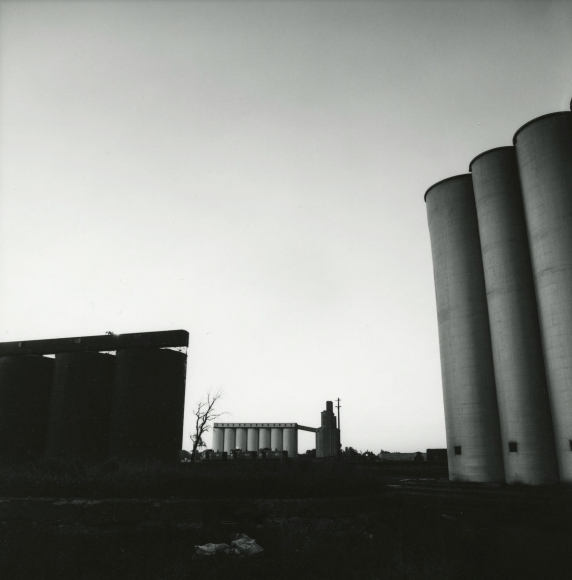
Frank Gohlke (born 1942) was raised in Wichita Falls, Texas. He received an M.A. in English Literature from Yale University in 1966. While at Yale, Gohlke met photographer Walker Evans, and in 1967 and 1968 he studied with the landscape photographer Paul Caponigro.
Between 1971 and 1987, Gohlke made his home in Minneapolis, and has resided since in Southborough, Massachusetts. He has taught photography at Middlebury College; Colorado College; Yale University; and the Massachusetts College of Art.
Gohlke′s photographs have been exhibited at the Museum of Modern Art; the Art Institute of Chicago; the Cleveland Museum of Art; the Minneapolis Institute of Arts; the Amon Carter Museum; and the Museum of Fine Arts, Houston. In 1975, he was included in the influential exhibition New Topographics: Photographs of a Man-altered Landscape, organized by the International Museum of Photography at George Eastman House. His photographs are held in the permanent collections of the Museum of Modern Art; the Metropolitan Museum of Art; the International Museum of Photography at George Eastman House; the Canadian Center for Architecture; the Art Institute of Chicago; the Amon Carter Museum; and the Walker Art Center.
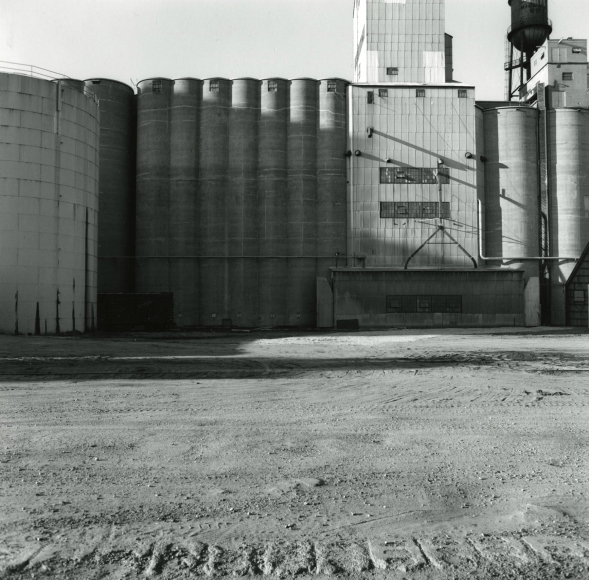
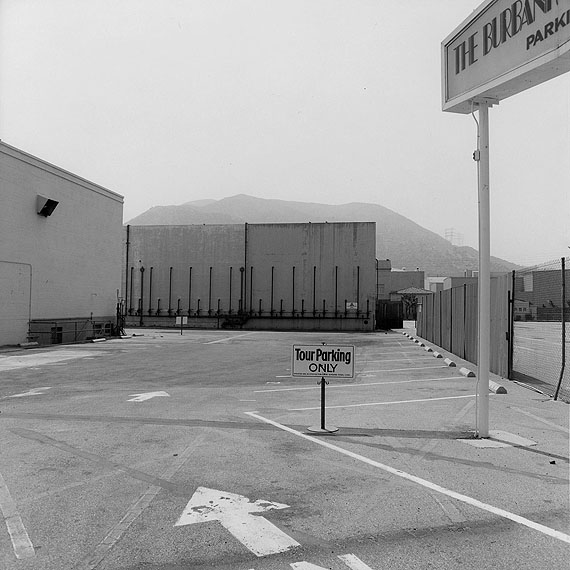
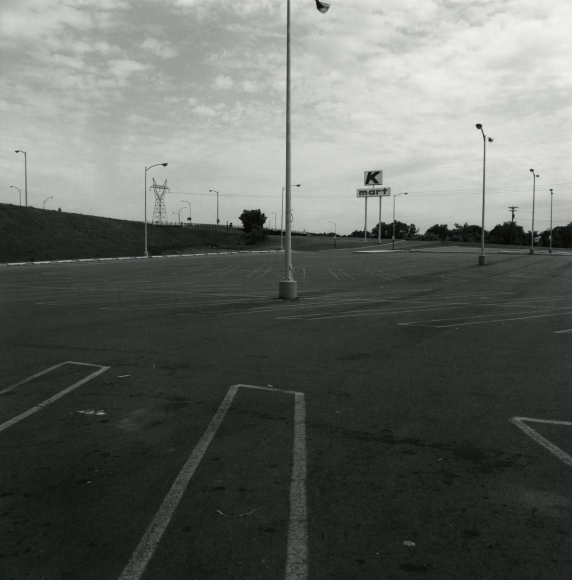 His monographs include Landscapes from the Middle of the World: Photographs 1972 – 1987 (1988); Measure of Emptiness: Grain Elevators in the American Landscape (1992); The Sudbury River: A Celebration (1993); and Mount St. Helens (2005).
His monographs include Landscapes from the Middle of the World: Photographs 1972 – 1987 (1988); Measure of Emptiness: Grain Elevators in the American Landscape (1992); The Sudbury River: A Celebration (1993); and Mount St. Helens (2005).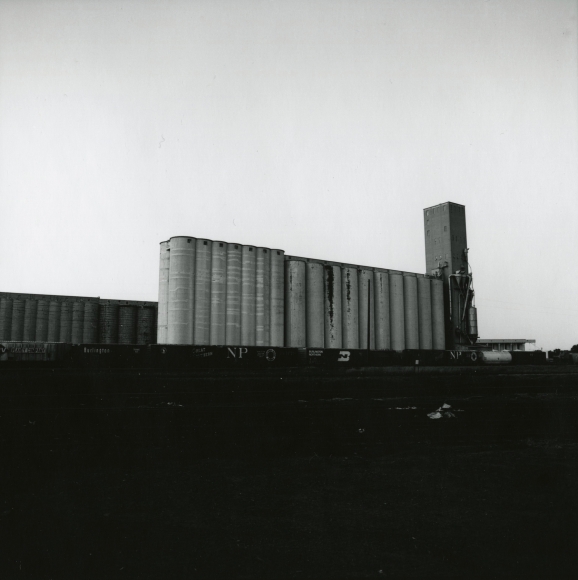
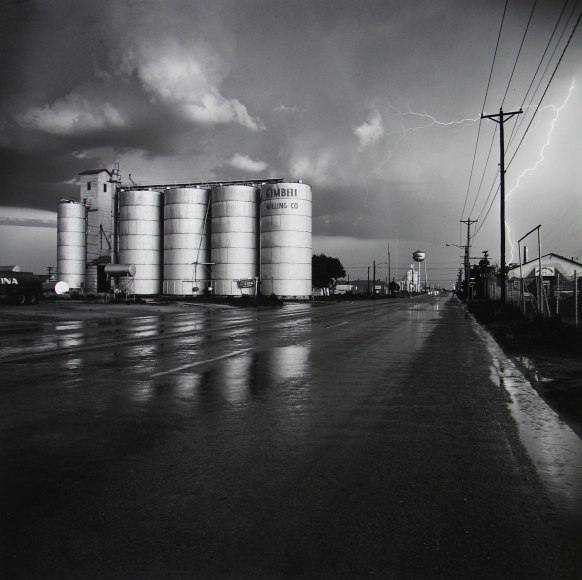 Image Analysis
Image Analysis
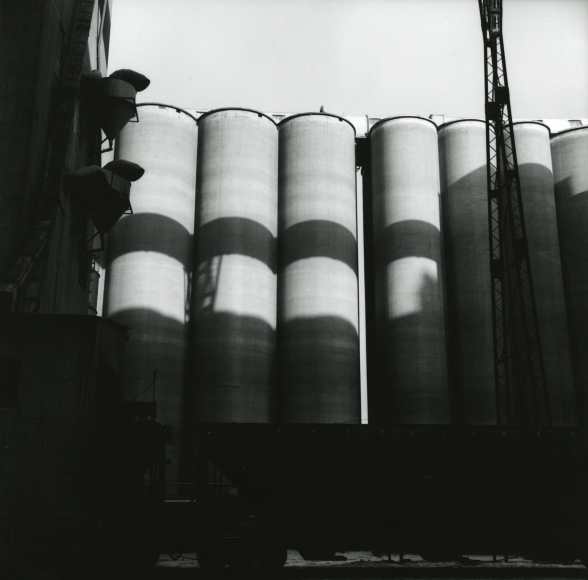 Frank captures the shadows that are cast on the grain elevators by natural light. He positions himself so as to capture them through the other structures behind him.
Frank captures the shadows that are cast on the grain elevators by natural light. He positions himself so as to capture them through the other structures behind him.
The image is in black and white with a balanced tone from black to white, the darkest areas being in the foreground as the machinery. This allows focus onto the towering grain elevators behind them.
The image is not over contrasted nor over exposed, capturing the reality of what he is standing in front of. Gohlke stands facing up at the repetitive towers that fit into each third of the image, this demonstrates their significance in what is a changing landscape from natural to urban. This is a common theme in all the photographers’ works from the “New Topographics” Exhibition.
Gohlke became fascinated by the design of the grain elevators, their connection to the surrounding landscape, and their function within the cities and towns they occupied. His photographic practice grew to include a research component whose relationship to the pictures themselves was one of reciprocal influence. A selection of the photographs was eventually published as Measure of Emptiness: Grain Elevators in the American Landscape (Johns Hopkins University Press, 1992), Gohlke’s first monograph.
